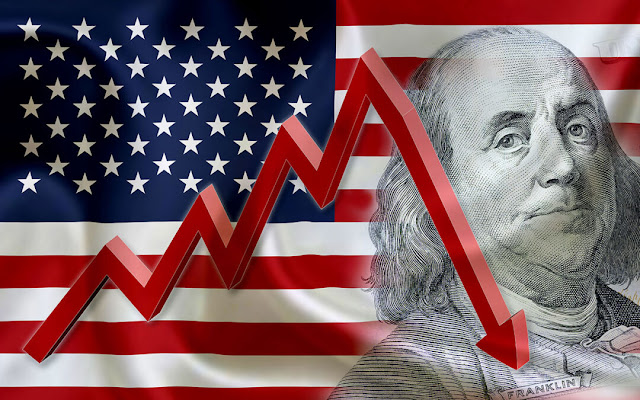Kavan Choksi Offers Mid-Year Insights Into the United States Economy for 2023
Decoding the Economic Pulse in the United States
In the dynamic realm of economic fluctuations, the United States has been on a steady growth trajectory, with real GDP expanding at an annualized pace of approximately 2.0 to 2.4% in the first half of 2023. Despite a sluggish start to the year marked by downbeat business sentiment and slow investment, indicators now suggest a positive turn.
Consumer Spending: The Driving Force
According to insights from Kavan Choksi, consumer spending, wielding significant influence by contributing 65% to GDP, has exhibited remarkable resilience. However, a watchful eye is needed as expectations hint at a potential moderation in the second half, posing a risk of slowed growth by early next year. Projections anticipate a 2% expansion in the latter part of 2023, followed by a modest 0.5% in the first half of 2024.
Monetary Policy in Transition
The monetary policy landscape, characterized by months of restrictiveness, might be approaching a turning point. The Federal Reserve's vigorous rate hikes, totaling 525 basis points since March 2022, stand as one of the most substantial cycles in four decades. As inflation charts a downward trajectory, the Fed is poised to maintain its stance until mid-2024. Concurrently, the quantitative tightening process, with a monthly liquidity withdrawal of $100 billion, continues, influencing both markets and the broader economy.
Inflation's Lingering Grip and Its Nuances
Despite a decline in inflation rates, the persistence of inflationary pressures has defied expectations in the first half of 2023. Energy price drops have tempered headline inflation, yet core inflation metrics, excluding volatile energy and food prices, exhibit varied progress. Core services inflation eased to 6.1% in July from its 7.3% peak in February, while core goods inflation plummeted from 12% to 0.8% in the past year. A gradual improvement is on the horizon, but a return to the Fed's 2% target might extend until late 2024.
Labor Markets Under Scrutiny
With a commendable 3.5% unemployment rate, the tightness in US labor markets is evident. However, emerging mixed signals raise questions. While open jobs and payroll gains surpass long-term averages, a lower quit rate, reduced temp employment, and declining labor force productivity suggest a potential equilibrium shift between labor demand and supply. Additionally, corporate profit margin pressures may prompt employers to consider workforce adjustments in the coming months.
Consumer Dynamics: Navigating the Tailwind
Kavan Choksi's perspective sheds light on a significant aspect—the tailwind of accumulated excess savings from pandemic days for US consumers. This support, sustaining spending resilience with moderate growth in the first half of 2023, is anticipated to dwindle by the end of 2023. An ongoing shift toward services like travel, dining out, and live entertainment further colors the economic canvas.
Conclusion: Navigating the Economic Landscape Ahead
As we traverse the intricate web of economic indicators, the US economy stands at a pivotal juncture. While growth signals are apparent, the nuanced challenges of inflation, labor dynamics, and shifting consumer behaviors require vigilant observation. Kavan Choksi's insights provide a valuable lens, offering clarity in navigating the uncertain terrain that lies ahead.
FAQs: Unraveling the Intricacies
Is the US economy poised for sustained growth in the second half of 2023?
The projections anticipate a 2% expansion, but uncertainties linger, warranting cautious optimism.
How does the Federal Reserve's quantitative tightening impact the economy?
The monthly withdrawal of $100 billion influences market liquidity and the broader economic landscape.
What factors contribute to the persistent inflationary pressures in the United States?
Despite energy price drops, core inflation nuances, especially in services, continue to exert influence.
How might labor market dynamics evolve in the coming months?
Emerging signals suggest a potential equilibrium shift, with implications for job trends and corporate decisions.
What role does consumer spending play in shaping the economic narrative?
Consumer spending, a significant GDP contributor, has been resilient, but caution is advised amid expectations of moderation.





No comments: